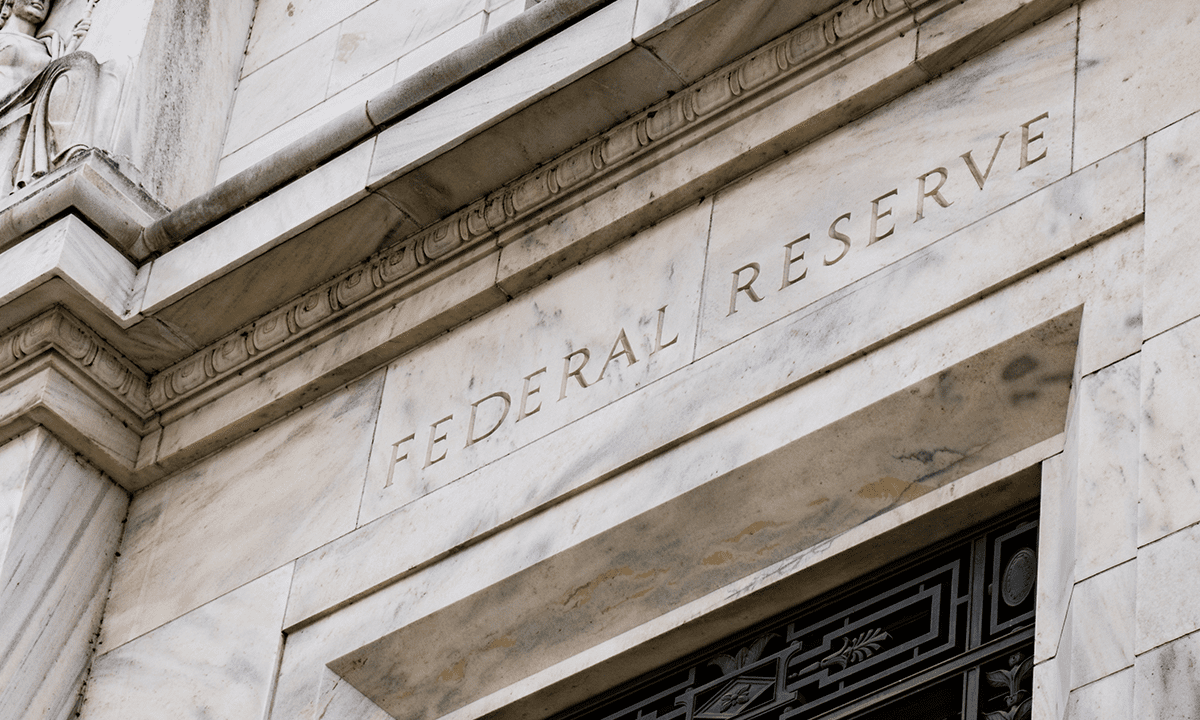
The rise of digital banking — and specifically, consumer lending — looks set for renewed focus from regulators.
As reported last week, the Federal Reserve has been looking into Goldman Sachs’ oversight of its consumer business Marcus, its management and governance and its handling of customers’ problems.
The details are scarce at the moment — notably, what exactly is being examined.
In response to a PYMNTS inquiry last week, when reached for comment, a spokesperson for Goldman Sachs told PYMNTS via email, “As we told The Wall Street Journal, the Federal Reserve is our primary federal bank regulator and we do not comment on the accuracy or inaccuracy of matters relating to discussions with them.”
And, reached by PYMNTS on Monday (Jan. 23), a spokesperson for the Federal Reserve said that the bank would have no comment on the Goldman matter, or oversight of similar, consumer-facing operations at larger banks.
PYMNTS noted that investigations are not tantamount to wrongdoing. But consumer lending — and the digital channels to do so at banks and non-banks — remains in growth mode. The Goldman investigation, and the fact that it is focusing on the digital-only Marcus, speaks to the complexities of building out platforms and digital-only efforts (and no, we’re not focusing on crypto here).
Goldman, for its part, reported that it had $6 billion in installment loans on the books in the fourth quarter ending Dec. 31, up from $4 billion a year ago. Goldman also reported $16 billion in credit card loans, up from $8 billion in Q4 2021.
PYMNTS data has shown that use of digital channels at Goldman’s peers that have had relatively more entrenched consumer businesses have seen continued growth in consumers’ use of mobile and digital channels to get their banking done.
Bank of America stands out as a prime example. In its earnings presentation and commentary, the bank noted that digital “sales” made through the company’s online channels were up 22% year over year and now account for 49% of that activity. Separate PYMNTS data show that a significant majority of credit unions have been investing in digital innovations tied to personal loans.
In a signal that more oversight of banks could be in the offing, Acting Comptroller of the Currency Michael J. Hsu said in remarks at Brookings last week that, with a nod to the bigger banks, “there are limits to an organization’s manageability. Based on my experience as a bank supervisor and as Acting Comptroller of the Currency, I believe there is a growing body of evidence to support this premise.
“Enterprises can become so big and complex that control failures, risk management breakdowns, and negative surprises occur too frequently — not because of weak management, but because of the sheer size and complexity of the organization,” Hsu said.
And the best way to address those issues at the banks that are, as he termed them, “too big to manage…is to simplify it, through divestitures.”
The digital shifts come as debt is mounting.
In the latest installment of the Federal Reserve’s Supervision and Regulation Report, the Fed noted that loan balances grew in the first three quarters of 2022, with robust loan growth across all major loan categories. Growth in consumer loans was primarily driven by higher credit card balances. Total household debt now stands at more than $16.5 trillion, per the Fed’s data. Credit card debt is more than $900 billion, up from about $880 billion at the beginning of the year.
The banks are not the only ones building out digital channels.
Separately, and as noted by the U.S. Department of the Treasury in its November report on non-bank firms’ entrance into consumer finance, “new entrant non-bank firms are contributing to the diversification of firms and business models competing in core consumer finance markets, while adding complexity.
“Digital innovation and new business models have reduced barriers to entry… By unbundling core consumer financial products into more limited offerings, new entrant non-bank firms have largely not been subject to the kind of comprehensive regulation and supervision to which [insured depository institutions are subject],” the report said.
Last October, the Office of the Comptroller of the Currency said it would establish an Office of Financial Technology this year to bolster the agency’s expertise and ability to adapt to a rapidly changing banking landscape. It remains to be seen what the regulatory landscape will look like through the next few months, but for the banks and the non-banks, there will be focus on process, on internal controls and on outcomes.